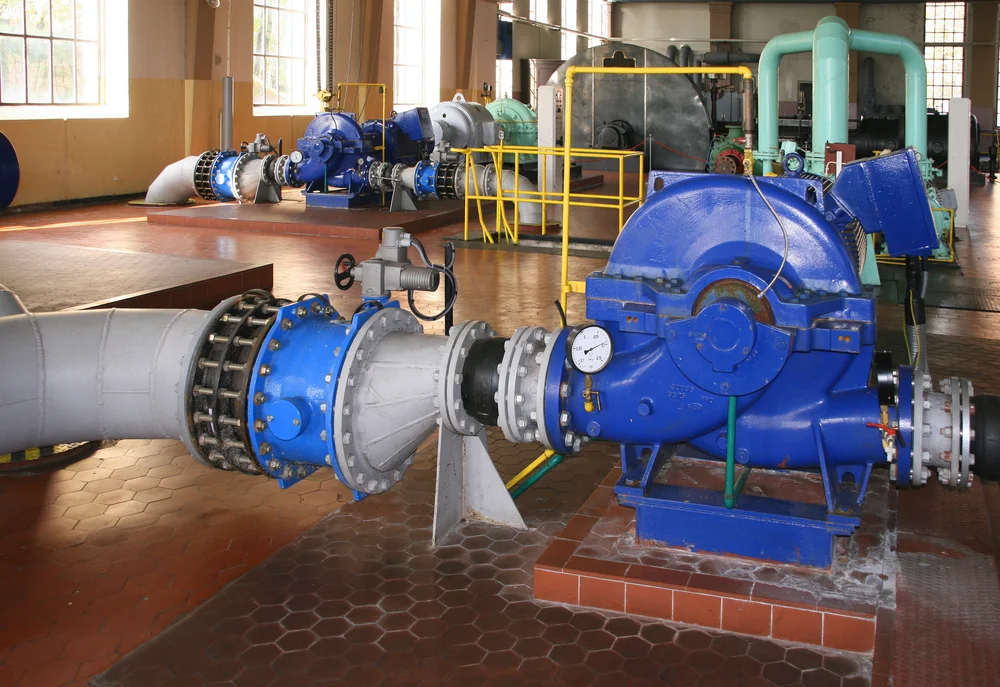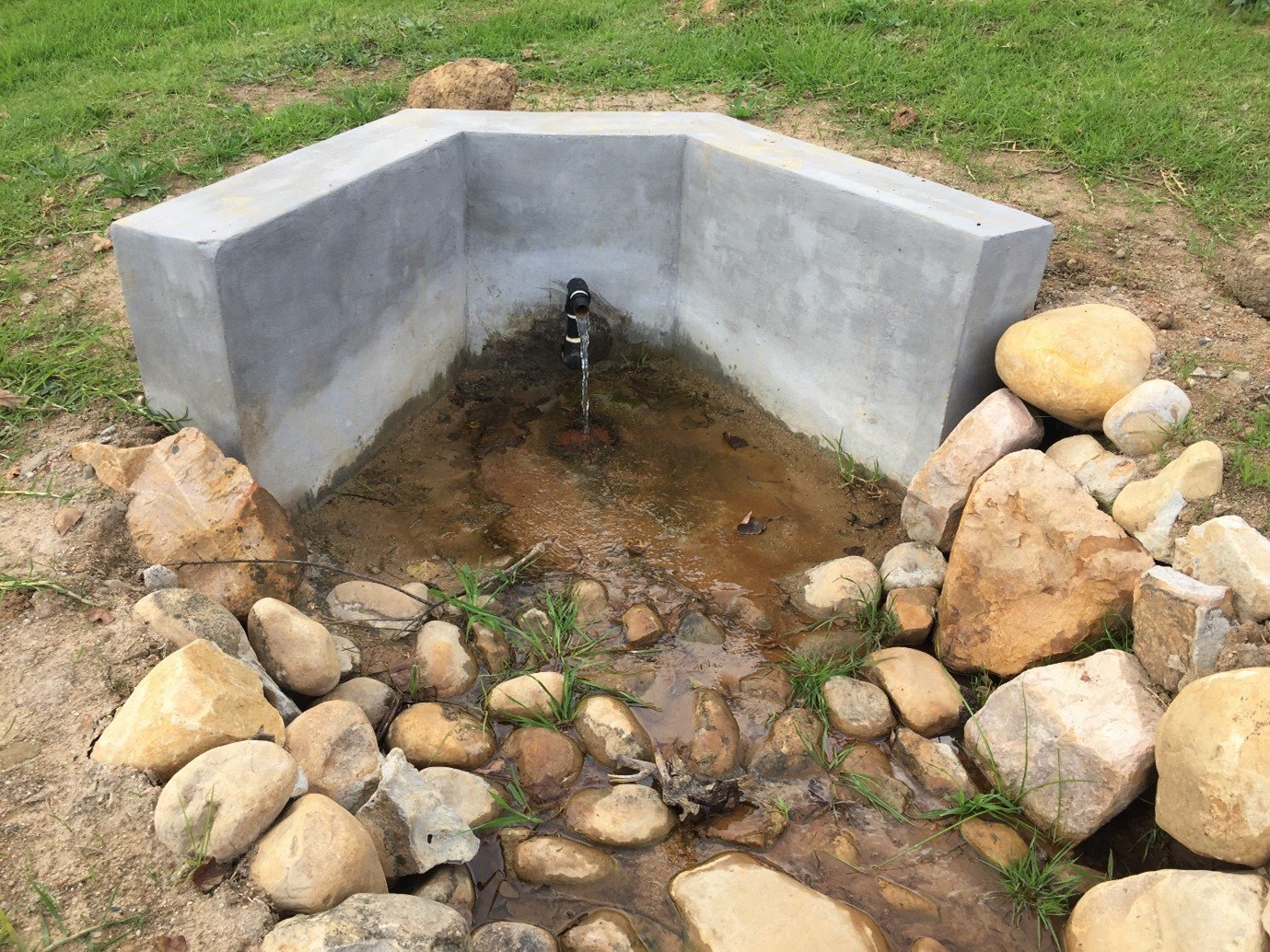Rehabilitation of the Ertjieskloof dam
/The Ertjieskloof dam after rehabilitation (Photo courtesy of the author)
by Dr Handré Brand
Stellenbosch University (SU) has always been known for its excellent preservation and maintenance of its physical assets – that is beyond all doubt. SU has every reason to be proud of its historic Stellenbosch buildings and its sports fields and infrastructure, among other facilities.
The Ertjieskloof dam is located at the foot of Stellenbosch Mountain, directly behind the buildings of the Department of Sport Science and the Coetzenburg Centre. Colloquially, the dam has many names, and students, learners and the broad public may know it as the “clay dam”, “muddy dam” or even “the Coetzenburg dam”. Ertjieskloof is SU property, along with the Welgevallen dam.
Many people would probably have very fond memories of Ertjieskloof. Many a Stellenbosch Mountain hike has had the dam as their starting point. The area offers excellent hiking, mountain biking and running routes. Others enjoy going there, simply to reflect on life’s ups and downs, or to admire the beautiful scenery of the area.
Surrounding scenery (Photo courtesy of the author)
According to the South African National Register of Large Dams, the origins of the Ertjieskloof dam date back to 1960. However, Van der Merwe (2000) states that a portion (24 morgen) of the historic farm Coetzenburg was expropriated from PJ Marais on 24 April 1961 to be transferred to SU. It would seem, therefore, that the dam was completed shortly before the transfer of ownership, and came into the University’s possession as part of the 24 morgen the next year.
Both the Ertjieskloof and Welgevallen dams form part of the Theewaterskloof water scheme. The two dams are linked to the same network, although there is no manageable and reliable way to transfer water between the two. Water is pumped from the higher-lying Jonkershoek to dams downstream. The University receives an annual water quota in terms of a permit, in consultation with the Department of Water Affairs and Stellenbosch Municipality. Both dams serve as reservoirs for irrigation purposes.
The Ertjieskloof dam has a straight earth wall that extends over 157 metres. From Coetzenburg, the dam wall is surprisingly unobtrusive and blends in remarkably well with the local surrounds.
The dam wall (Photo courtesy of the author)
The dam currently has a physical storage capacity of 79 815 kℓ (i.e. nearly 80 million litres). The University may store 78 000 cubic metres. Ertjieskloof occupies 1,6 ha, and the catchment area is 0,7 square kilometres in extent.
The dam receives no significant runoff from Stellenbosch Mountain. According to the official registration papers of South African dams, the only natural feeder source for Ertjieskloof is a (nameless) watercourse to the east.
Seepage into Ertjieskloof from the nameless watercourse
A dam safety inspection in 1998 revealed a number of leaks in the dam wall. As this was considered a safety risk, improvements were carried out in 1999. A new pipe overflow was installed, the leaks were plugged with concrete, and a toe drain with measuring stations was put in place to be able to monitor leakage underneath the dam wall.
These remedial measures seemed adequate until recently, when the University again discovered leaks, and the dam could hold only 50% of its storage capacity as a result. Urgent rehabilitation was again needed. A geological fault line below the dam was identified as the cause of the leaks, and the concrete plugs were no longer effective.
The Ertjieskloof dam prior to rehabilitation. (Photo courtesy of Stellenbosch University)
A geosynthetic clay layer or liner was subsequently installed on the dam floor to stop the leakage. The upgrade also included the construction of gabion steps to facilitate easier access to the water. On the inside, the dam wall was lined with crushed blue Malmesbury hornfels to help protect the wall from water erosion.
The upgrade included the construction of gabion steps to facilitate easier access to the water (Photo courtesy of Johan de Beer)
A drainage system comprising a network of pipes was installed underneath the clay liner to enable efficient drainage of groundwater build-up. The outlet (which can be mistaken for a spring) can be seen directly below the wall.
Drainage of groundwater from underneath the dam (Photo courtesy of the author)
Depth recorders in respect of the dam outlet (Photo courtesy of the author)
Various other universities also own dams. Some examples include the University of Cape Town, who boasts its Upper Campus dam, while Pennsylvania State University has six dams, five of which are located on or near campus.
Understandably, there are many aspects regarding dams and reservoirs that cannot be addressed in this short article, and fall outside its scope. Some examples include the environmental risks associated with dams, the nature of the emergency manual that dam owners need to compile and continuously update, as well as taxpayers’ social attitude towards dams in general.
It also remains unclear where the name Ertjieskloof comes from. What type of vetch occurred in this kloof that the dam could have been named after? While Dipogon lignosus is indeed found in the mountainous areas of the Western Cape, the plant species list on the signage at the foot of Stellenbosch Mountain does not include any vetch.
In addition, details on the history of the dam since 1960 are few and far between. For instance, who were the contractors who constructed the dam in 1960? Archival research may shed more light on these issues. From SU’s Council minutes from the 1970s, it seems that the establishment of a botanical garden, an experimental arboretum and even an open-air classroom to the north, south and west of the Ertjieskloof dam respectively was considered at the time. Expanding the Eucalyptus plantation close to the dam was also officially discussed.
More information on the geology of the underlying structures and rock formations is also needed. The potential future implications of geological fault lines underneath the dam require scrutiny.
In summary, however, in terms of the rehabilitation of the dam, it appears that SU has done exceptional work. Considering that water is a scarce and valuable resource, the Ertjieskloof dam project is a prime example of an initiative that not only took account of aesthetics, but has also delivered a functional end product that benefits the ecology.
Reference list
Fennessey, L. No date. Penn State Physical Plant. Penn State Owned Dams | Office of the Physical Plant (psu.edu).
Mostert, P. 2020. Dam gaan herstel word. Netwerk24. Eikestadnuus, 29 October.
South African National Committee on Large Dams. No date. South African register of large dams as at May 2018. https://sancold.org.za/sa-register-of-large-dams.
Stellenbosch University. Council minutes: 8 June 1974, 7 December 1978, 17 March 1979.
Van der Merwe, FJG. 2002. Coetzenburg: die hart van Stellenbosch se sportkultuur. SA Journal of Cultural History, 14(1):1–13. Coetzenburg_Sport_VdM_2000.pdf.
Winter, K and J Fell. 2017. The new eyes on UCT’s dam. University of Cape Town News. 10 November. The new eyes on UCT’s dam | UCT News.
Personal communication
A special word of thanks to the following individuals (in alphabetical order) for their willingness to share information on the rehabilitation project at Ertjieskloof dam: Enrique Julyan (Professional Engineer, WML Coast Pty. Ltd.); Japie Engelbrecht (Facilities Management, SU); Johann Potgieter (Stellenbosch Museum); John de Wet (Facilities Management, SU); Karlien Breedt (Archive, SU); Petro Mostert (Communication Specialist, Office of the Chief Operating Officer, SU).












